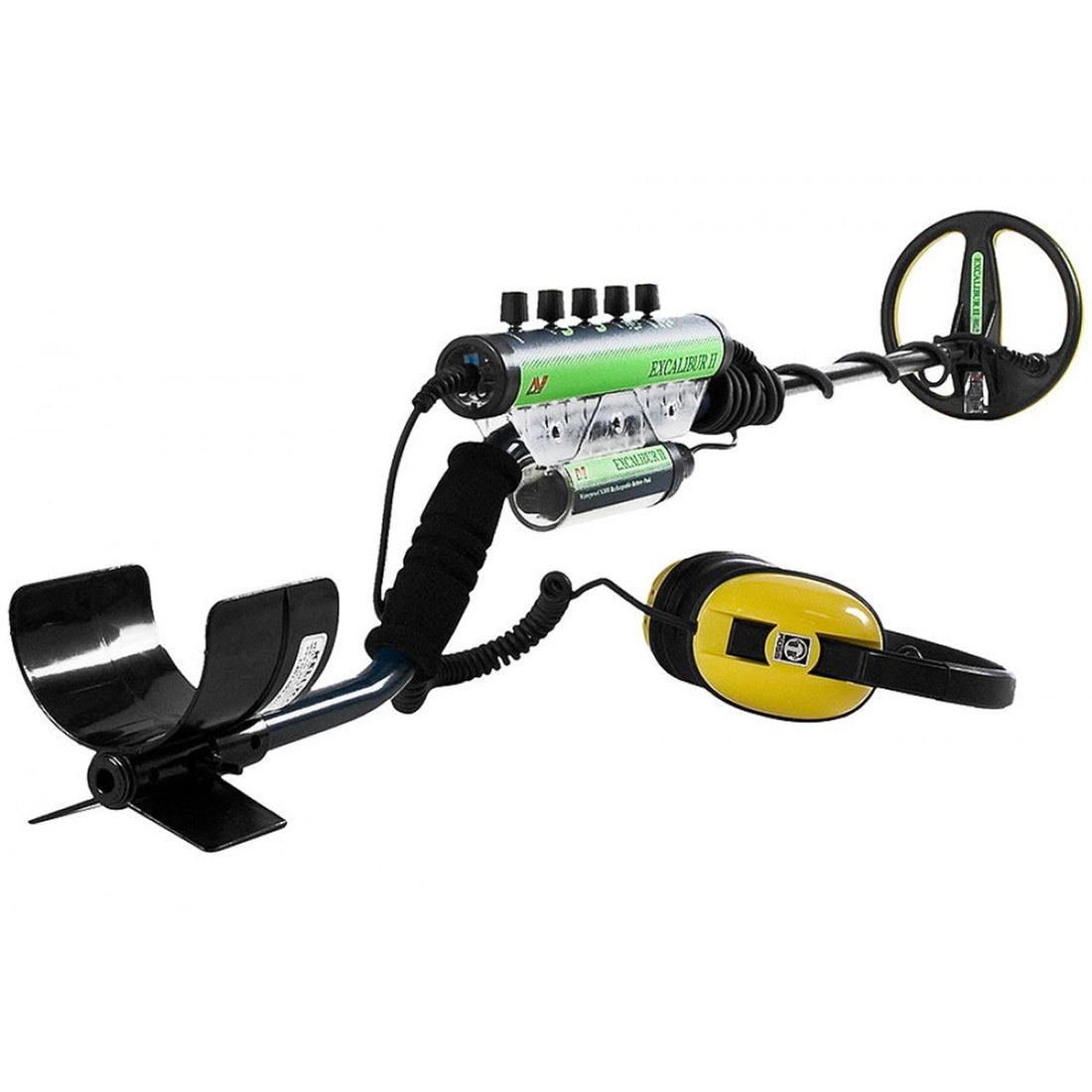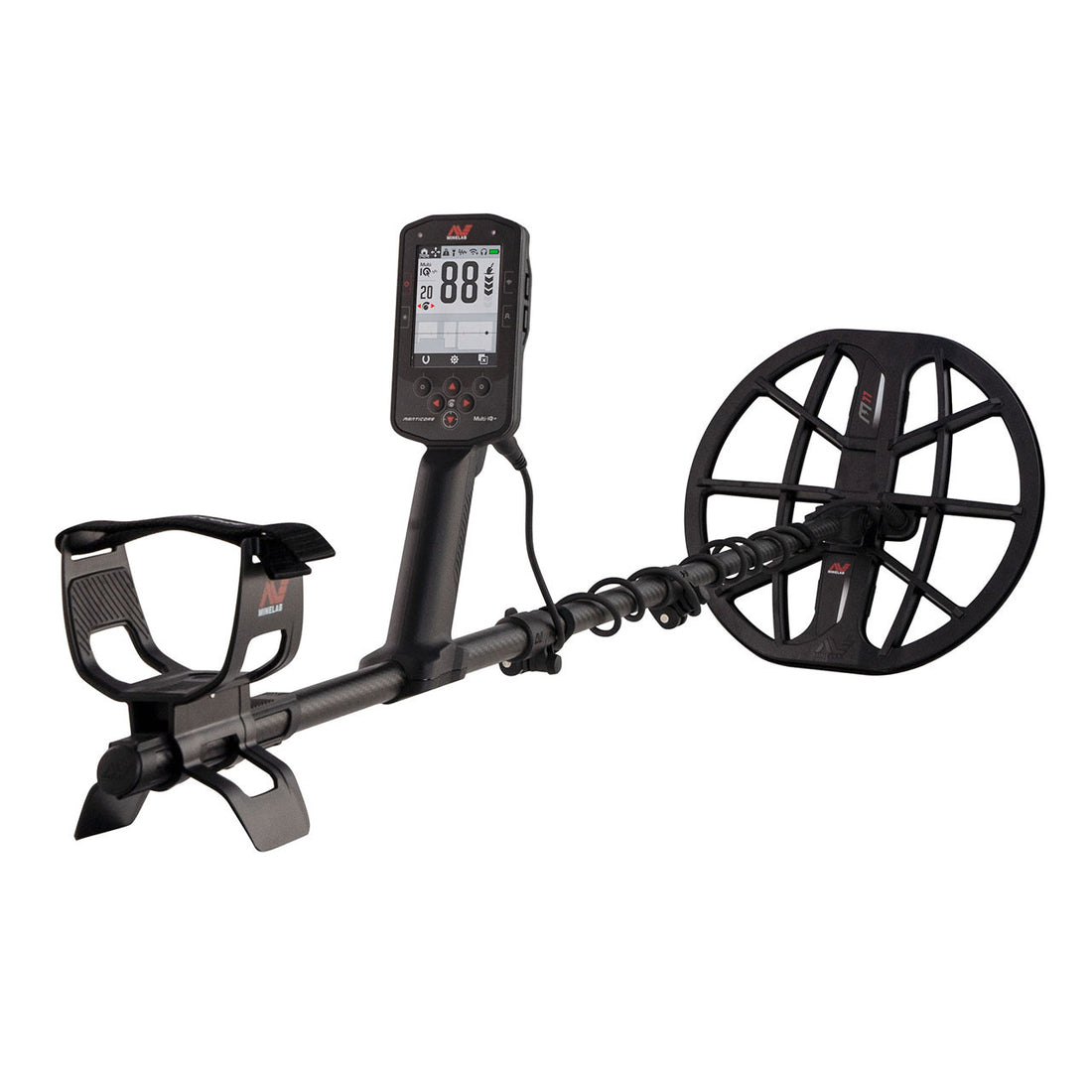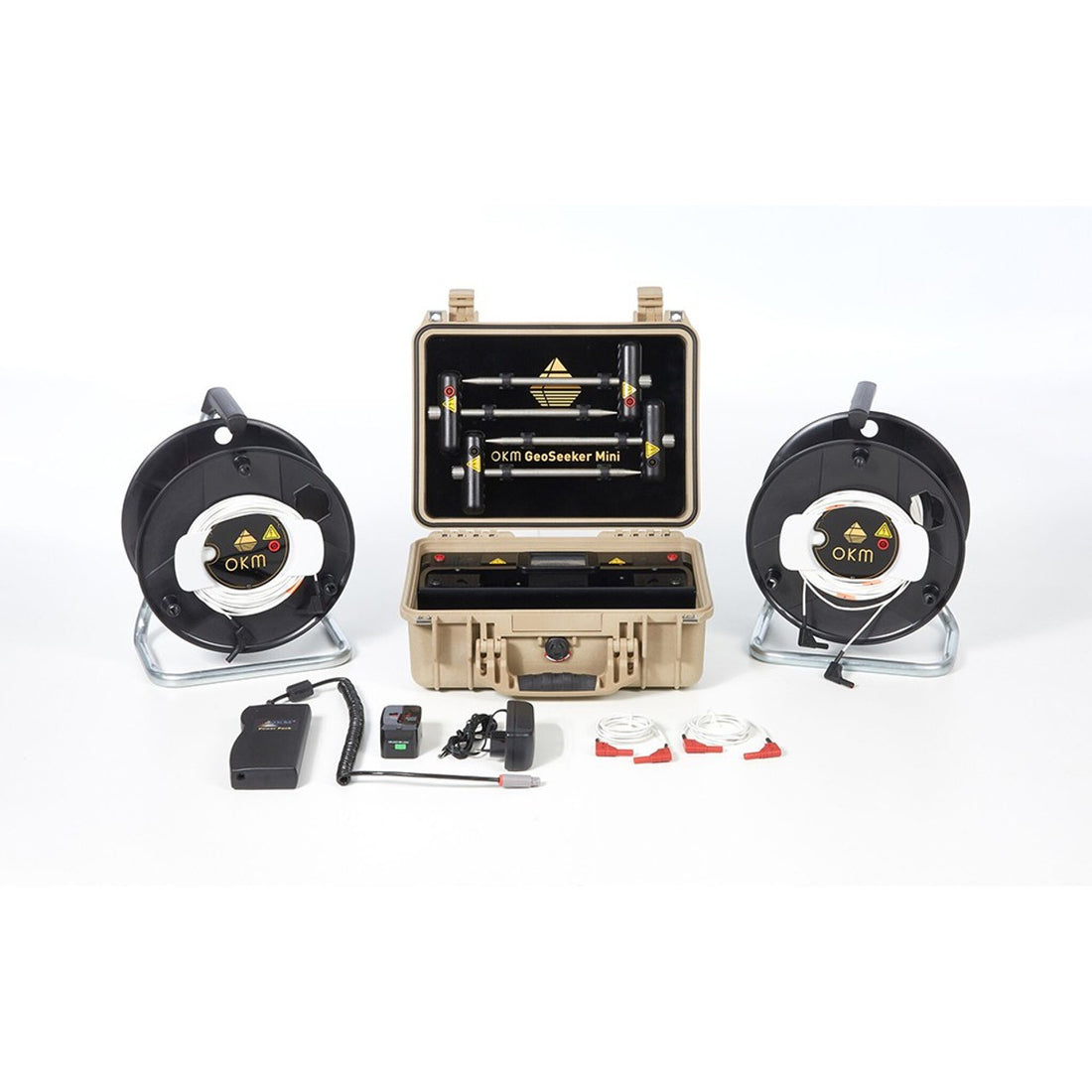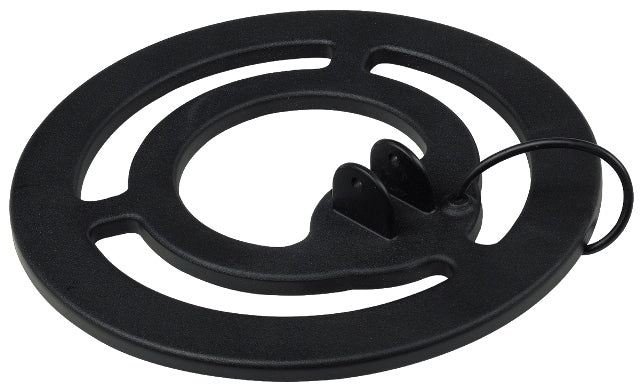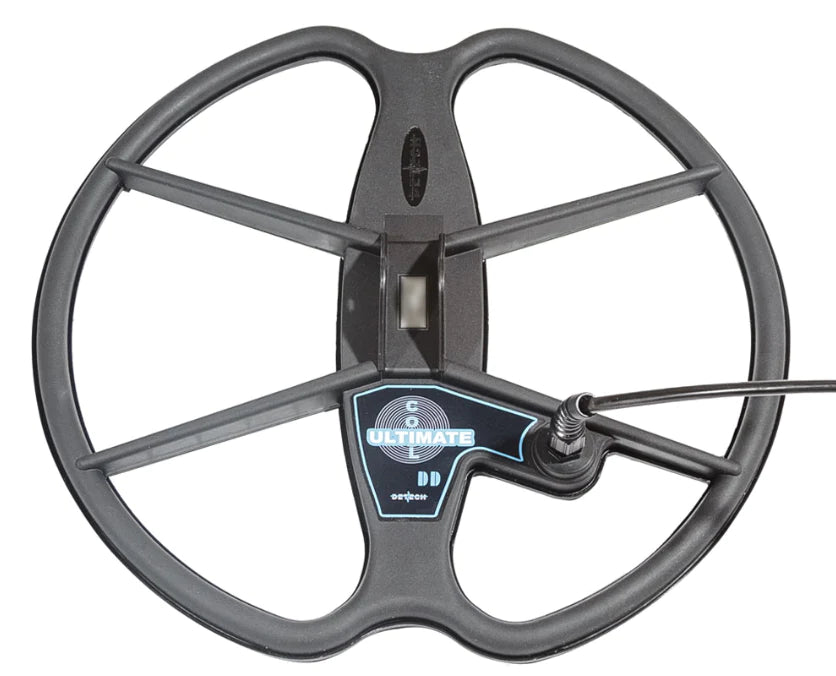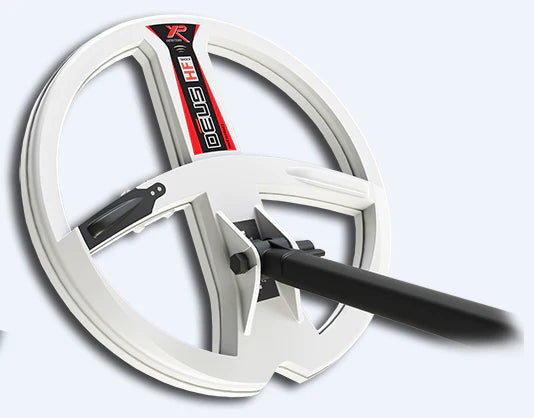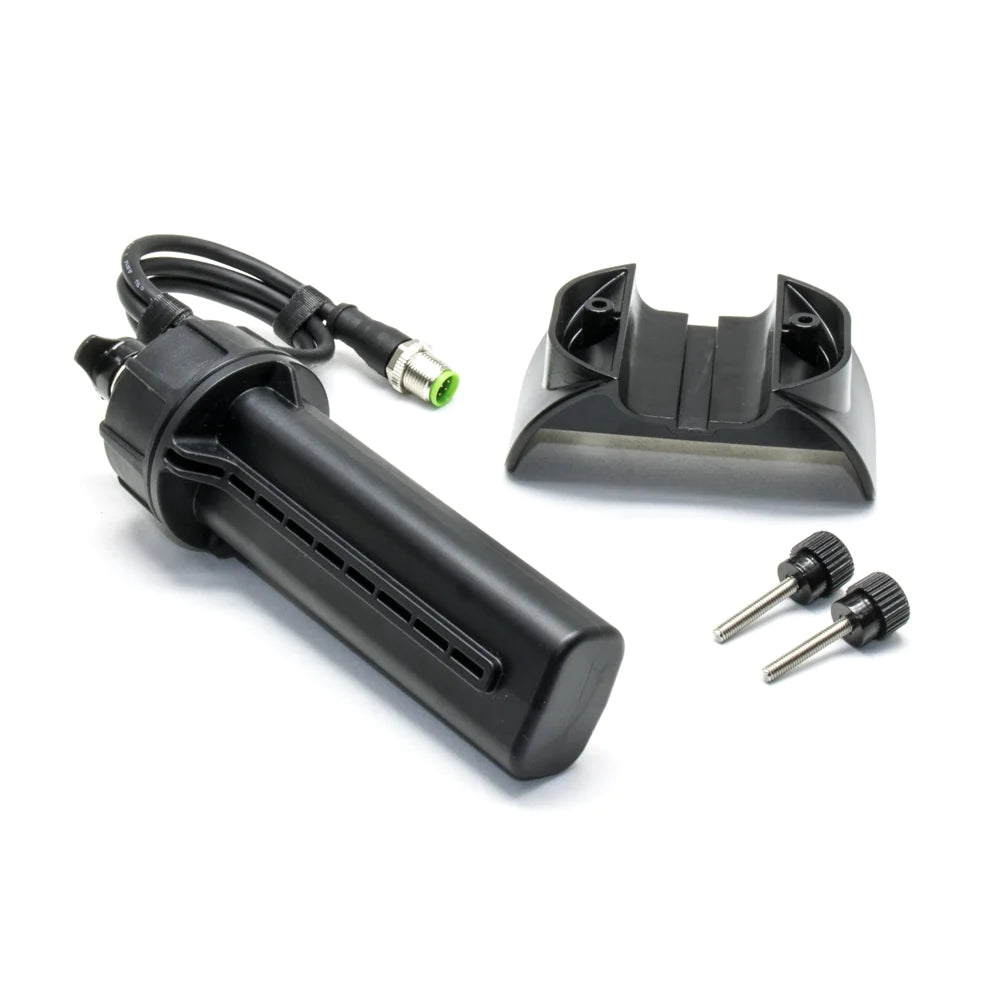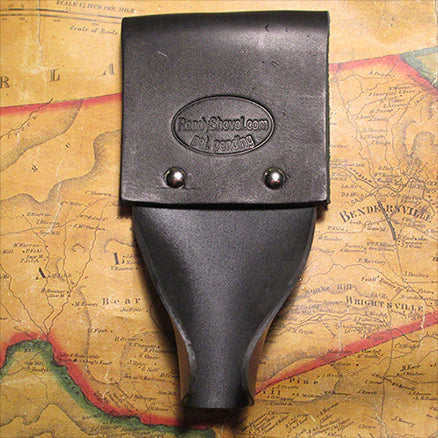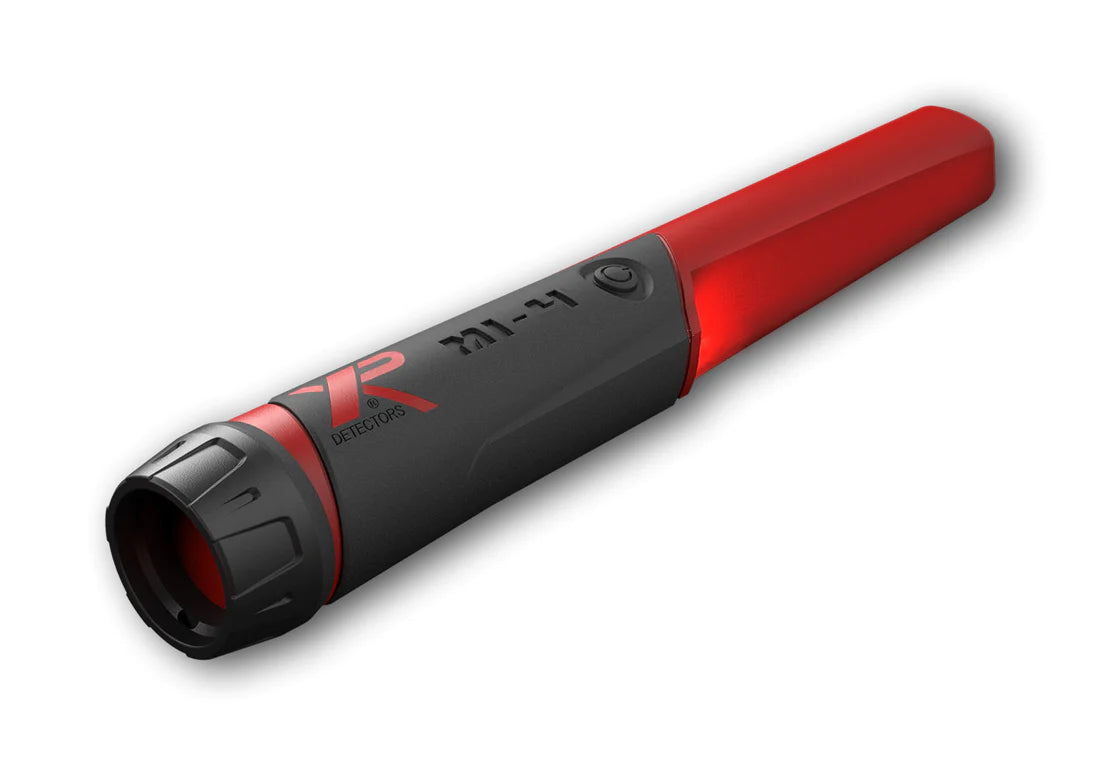Target ID Chart Comparing top Metal Detector Models
by Michael Bernzweig
As a newcomer to the hobby of metal detecting, you may have seen references to Target ID and wondered what it meant. In short, Target ID is a feature found on some metal detectors that gives the user an indication of what kind of metal they have found before they start digging.
An object's target ID is a number calculated by the metal detector based on the conductivity of the metals and gives users an indication of the target. Target ID is displayed with two digits on the screen and typically ranges from 00 to 99.
Whether you're gold prospecting, coin shooting, or treasure hunting, knowing what kind of metal you're dealing with can be helpful in several ways. For one, it can give you an idea of how deep the metal object is buried and help you determine if the object is worth retrieving at all. This article will explore what target ID numbers mean and how they can be used to help you find more success while metal detecting precious metal targets.
What Does Metal Detector Target ID Mean?
There are two main types of metal detectors: very low frequency (VLF) technology and pulse induction (PI) metal detectors. VLF detectors are the most common type of metal detector and use target identification to help users determine what kind of metal they have found.
Target ID is displayed as a number on the screen of a VLF metal detector, usually ranging from 0 to 99. This number is calculated based on the conductivity of the metals in the object and indicates users of the type of metal they've found so that they can distinguish between good targets and trash.
A traditional PI detector, however, does not use target IDs. Instead, they emit a pulse of electricity into the ground and then measure the time it takes for that pulse to be reflected back. This information is used to determine if there is metal in the area, but it does not typically give any indication as to what kind of metal it may be. Some PI metal detector models can distinguish between ferrous and non ferrous metals.
Target ID is not an exact science, however, and many factors can affect the accuracy of Target ID readings. Ground conditions, for instance, can play a role in how accurate Target ID readings are. If the ground is highly mineralized, it can cause false positives or inaccurate readings. Additionally, some metals are simply more difficult to identify than others.
How Does Metal Detector Target ID Work?
Gold detecting is one of the most popular uses for metal detectors, and knowing how to read target ID can be a valuable skill for prospectors. From tiny gold nuggets, gold coins, relics, gold rings, and other gold targets to larger precious ferrous or non-ferrous metals, target ID on gold detectors can help you identify what's down there before you start digging. A gold nugget indeed is the easiest to locate with a very high frequency metal detector.
A metal detector's target ID feature works by measuring the conductivity of the metal in the object and then displaying that information as a number on the screen. The conductivity of different metals can vary widely, which is why target ID is such a useful tool.
Different metals will produce different target ID numbers, depending on the metal's size, structure, placement, and conductivity.
For example, Fisher Metal Detectors produces the Fisher F75 model which has a specific target ID chart, placing most iron objects at a target ID of 4-12 and a US Eagle Silver Dollar Coin at a target ID of 91, with other metals and coins in between.
According to the Fisher Gold Bug manual, on the gold bug's target ID, Iron is located to the left, and U.S. dimes and quarters are farthest to the right possible. In an air test, gold will always gravitate towards being in the center--the larger size of the gold piece means it will be slightly more skewed to the right.
Depending on the target ID, the machine will emit a high tone, low tone, or different tone variation, helping users identify what they've found before digging.
As you become more familiar with the target ID numbers associated with different types of metal, you'll be able to better identify targets without having to dig every one of them up. For example, a gold coin or gold ring will provide a very different target id level depending on the metal alloys the gold is mixed with. Pure 24K gold is a very soft metal and is typically combined with other metals in the refining or casting process. Size, shape, carat, and weight all come into play here. It is for this reason that each gold target is unique and will not show up as just gold on a meter.
To get accurate target ID numbers, ensure your metal detector has a fast recovery speed. As a result, the target separation will be excellent. The ability of a metal detector to distinguish between different types of metal near one another is known as target separation. Detectors with very good target separation can discriminate between different metal types and find the objects you seek.
The detailed metal detector target ID chart above includes common targets from four popular metal detectors. This chart compares several common targets and their target identification numbers for the Garrett AT Max, Fisher F75, Nokta Legend, and DEUS II metal detectors.
Popular Target ID Metal Detectors
Nokta Makro Simplex
If you are looking for a metal detector for novices, you should have the Nokta Makro Simplex on your shortlist. One of the best metal detectors for novices in the world of metal detection. It has an easy-to-use user interface with clear menus. The Simplex includes notch discrimination, allowing you to choose or deselect specific targets. The sensitivity is adjustable, as is the ground balance.
Garrett Ace 400
The ACE 400 from Garrett has an LCD that displays multiple features, including a target ID legend, coin depth indicator, zero DISC or all metal mode, jewelry mode, and custom and notch discrimination. It also features a 9x12" ACE PROformance waterproof search coil perfect for beach hunting.
XP Deus II
The Deus II from XP Metal Detectors is a great choice for those looking for an upgrade from their entry-level machine through top-end units. The Deus II has an easy-to-use control box with an integrated LCD screen that shows all the key information you need, including target ID, target depth indicator, mode, and battery life. This machine is quite versatile and can be used on land and underwater, for coin, relic, and jewelry detecting and in the gold prospecting mode as a high frequency gold detector. Many users call the Deus II, the best metal detector they have ever used.
Bounty Hunter Platinum Pro
The Bounty Hunter Platinum Pro metal detector has a digital target ID display to help you identify what you're looking for before you start digging. It also features three discrimination modes and sensitivity depth adjustments.
© 2022 Detector Electronics Corp.

